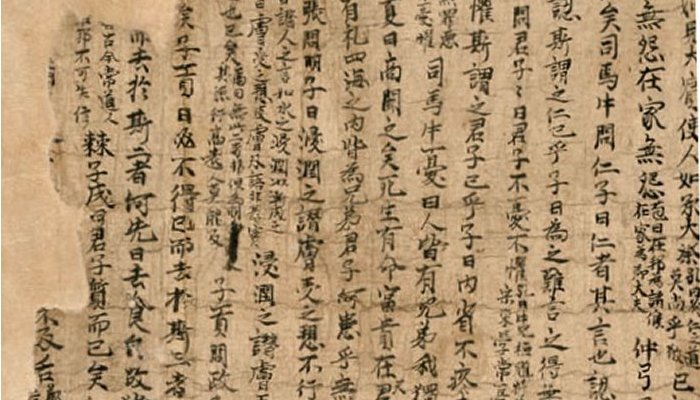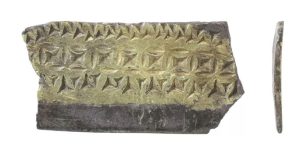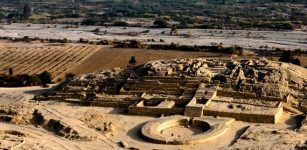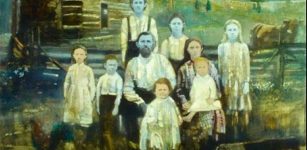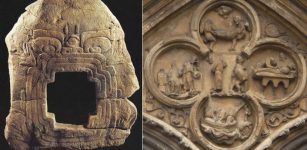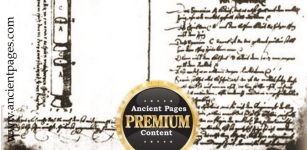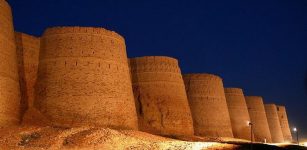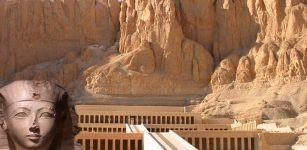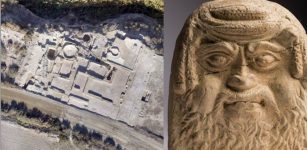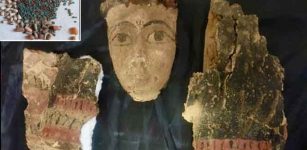On This Day In History: Taoist Monk Discovers Dunhuang Manuscripts In Mogao Caves, China – On June 25, 1900
AncientPages.com - On June 25, 1900, the Dunhuang manuscripts were discovered in one of the sealed caves of the Mogao Caves of Dunhuang, China.
They are important religious and secular documents dating back to the 5th to early 11th centuries and contain historical and mathematical works along with folk songs and dance.
Manuscript of the Confucius Talks discovered in Dunhuang. Author unknown - Public Domain
At the very beginning of the twentieth century, a cache of ancient manuscripts was discovered in a Buddhist cave complex near the desert town of Dunhuang in China.
The discoverer was the Daoist monk Wang Yuanlu, who began to sell them to Western explorers, especially Aurel Stein, a Hungarian-British archaeologist who explored Central Asia and made many important discoveries.
Most religious documents are Buddhist, but other religions, including Daoism, Nestorian Christianity, and Manichaeism, are also represented. The majority of the manuscripts are Tibetan texts.
Most of the manuscripts are Chinese, but some were written in Khotanese, Sanskrit, Sogdian, Tangut, Tibetan, Old Uyghur, Hebrew, and Old Turkic.
Most of the remaining Chinese manuscripts were transported to Beijing and are now in the National Library of China. Several thousand folios of Tibetan manuscripts were left in Dunhuang and are located in several regional museums and libraries.
Those purchased by Western scholars are now stored in institutions worldwide, such as the British Library and the Bibliothèque Nationale de France.
All manuscript collections are digitized by the International Dunhuang Project and can be freely accessed online.
Collections are being digitized by the International Dunhuang Project and can be freely accessed online.
AncientPages.com
Expand for references
